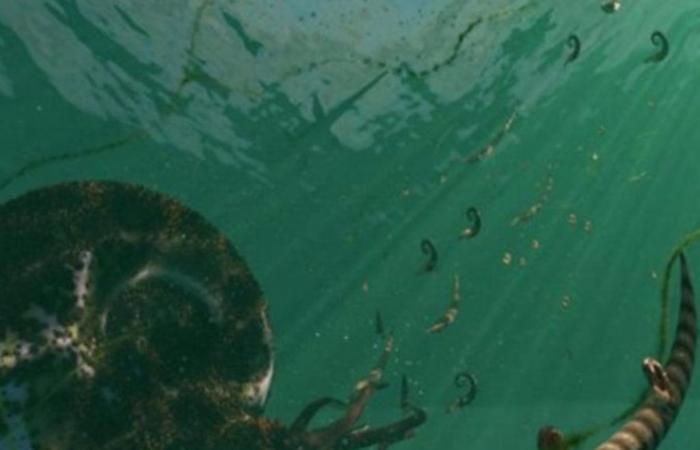MADRID, June 27 (EUROPA PRESS) –
Ammonites, marine mollusks with coiled shells considered among the great icons of paleontology, They were not in decline before their extinction.
These creatures flourished in Earth’s oceans for more than 350 million years until they became extinct during the same chance event that wiped out the dinosaurs 66 million years ago.
Some paleontologists have argued that His disappearance was inevitable and that ammonite diversity was declining long before they became extinct at the end of the Cretaceous.
However, new research, published in Nature Communications and led by paleontologists from the University of Bristol, shows that its destiny was not written in stone. In contrast, the final chapter in the evolutionary history of ammonites is more complex.
“Understanding how and why biodiversity has changed over time is a big challenge,” he said. it’s a statement lead author Dr. Joseph Flannery-Sutherland. “The fossil record tells us part of the story, but it is often an unreliable narrator. Diversity patterns may simply reflect sampling patterns, essentially where and when we have found new fossil species, rather than actual biological history.
“Looking at the existing Late Cretaceous ammonite fossil record as if it were the complete, global story is probably why previous researchers have thought they were in long-term ecological decline.”
To overcome this problem, the team assembled a new database of ammonite fossils from the Late Cretaceous to help fill sampling gaps in their record.
“We draw on museum collections to provide new sources of specimens rather than simply relying on what had already been published“said co-author Cameron Crossan, a 2023 graduate of the University of Bristol’s Paleobiology master’s programme. “This way, we could be sure we were getting a more accurate picture of their biodiversity before their total extinction.”
Using their database, the team then analyzed how ammonite speciation and extinction rates varied in different parts of the globe. If ammonites were in decline during the Late Cretaceous, then their extinction rates would have generally been higher than their speciation rates wherever the team looked. What the team found instead was that the balance of speciation and extinction changed both through geological time and between different geographic regions.
“These differences in ammonite diversification around the world are a crucial part of why their Late Cretaceous history has been so misinterpreted,” said lead author Dr James Witts from the Natural History Museum, London. “Their fossil record in parts of North America is very well sampled, but if you look at this alone then you might think they were struggling, whereas they were actually thriving in other regions. “Its extinction really was a chance event and not an inevitable outcome.”
To find out what was responsible for the continued success of ammonites during the Late Cretaceous, The team analyzed potential factors that could have caused their diversity to change over time. The researchers were particularly interested in whether their speciation and extinction rates were determined primarily by environmental conditions such as ocean temperature and sea level (the court jester hypothesis), or by biological processes such as predator pressure and competition among ammonites themselves (the Red Queen hypothesis).
“What we found was that the causes of ammonite speciation and extinction were as geographically varied as the rates themselves,” said co-author Dr. Corinne Myers of the University of New Mexico. “You couldn’t just look at their total fossil record and say that their diversity was determined entirely by temperature change, for example. “It was more complex than that and it depended on where in the world they lived.”
“Paleontologists often favor miraculous explanations for what drove changes in a group’s fossil diversity, but our work shows that things are not always so simple,” concluded Dr. Flannery Sutherland.


